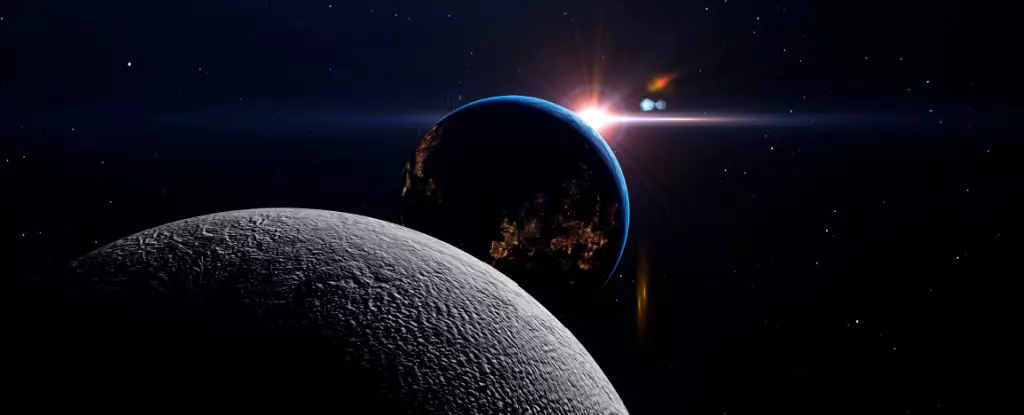As we approach the timeline set by NASA for the return of astronauts to the Moon in 2026, the significance of time distortions between Earth and the Moon has come into focus. While it may seem insignificant, the small difference of 57 millionths of a second per Earth day that the Moon gains in time compared to our planet could have significant implications for navigation systems as we embark on crewed missions to the Moon and beyond.
Understanding how gravity affects time is not a new concept, thanks to Albert Einstein’s general theory of relativity. However, the ability to measure these temporal distortions accurately has only become possible in recent years with the advancement of atomic clock technology. The contrast between Earth’s gravity and the Moon’s gravity presents a unique opportunity to study these effects, especially as NASA plans for a sustained presence on the Moon with the Artemis missions.
Navigating the Challenges
With infrastructure on Earth, such as GPS, providing time down to the nanosecond level, the precision required for navigation and landing on the Moon is paramount. Cheryl Gramling, a navigation systems engineer at NASA, emphasizes the importance of understanding these time distortions to avoid dangerous areas and ensure the success of future missions. As we work towards developing a unified time reference system for the Moon, this new finding sheds light on the complexities of timekeeping in space.
The study led by physicist Slava Turyshev and his colleagues at NASA’s Jet Propulsion Laboratory delves into the intricate calculations of time differences between Earth and the Moon relative to the barycentre of the Solar System. While their findings align closely with previous research, the minutiae of these calculations matter greatly over vast distances. Peer review and collaboration with international bodies will be essential to solidify the definition of lunar time and its implications for future space exploration.
Looking Ahead
As we prepare for the return of astronauts to the Moon and the potential establishment of lunar bases, the careful consideration of time distortions cannot be overlooked. In addition to the complexities of lunar time, monitoring changes in Earth’s rotation and its impact on our daily lives underscores the interconnected nature of space exploration and our planet’s delicate balance. By continuing to study these phenomena and collaborate on a global scale, we pave the way for a future where humanity’s reach extends beyond Earth’s boundaries.


Leave a Reply